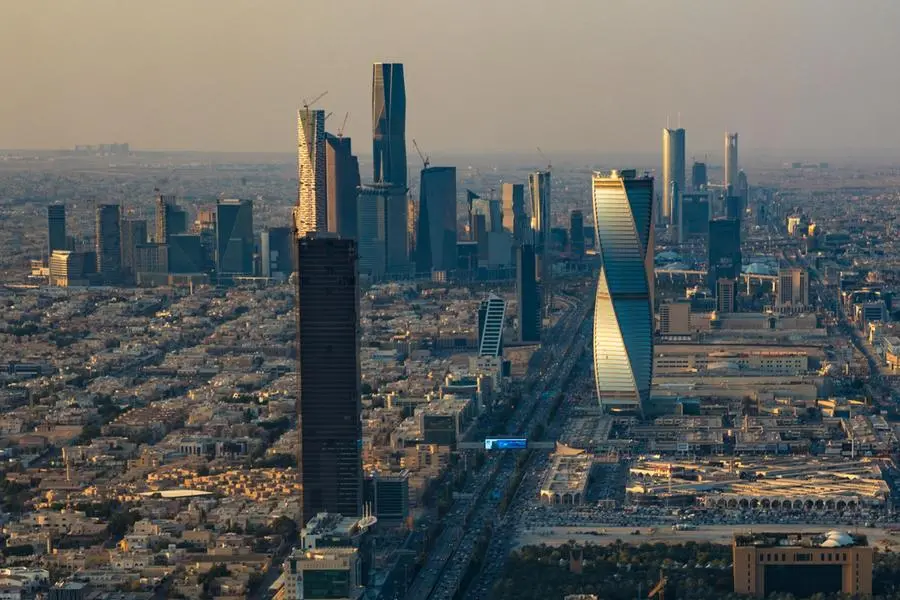PHOTO
MUSCAT, Jan 3 (Reuters) - Oman's government has released a five-year plan to halve the economy's dependence on the oil industry as low crude prices pressure government finances.
The 2016-2020 plan, set out in a statement by the Supreme Council for Planning late on Saturday, said over 500 programmes and policies would seek to diversify the Omani economy into sectors such as manufacturing, mining, transport and tourism.
The plan aims to cut the oil industry's contribution to gross domestic product to 22 percent from 44 percent; the contribution of natural gas would drop to 2.4 percent from 3.6 percent.
Average annual investments would total around 28 percent of gross domestic product; cumulative investment over the five years is expected to be 41 billion rials ($106 billion), against 38 billion rials envisaged in the previous five-year plan.
The new plan is to make heavy use of public-private partnerships, with 52 percent of total investment to come from the private sector against 42 percent in the last plan.
The plan assumes an average oil price of $45 a barrel for 2016, $55 for 2017 and 2018, and $60 for 2019 and 2020, while Oman's average oil production is assumed to remain flat at 990,000 barrels per day. Brent crude oil
The figures assume that Oman will continue running a state budget deficit throughout the plan. Last week, the government announced plans to cut its deficit to 3.3 billion rials this year from an actual 4.5 billion rials last year, partly through big spending cuts.
(Reporting by Fatma Alarimi, Writing by Andrew Torchia; Editing by Susan Fenton) ((andrew.torchia@thomsonreuters.com; +9715 6681 7277; Reuters Messaging: andrew.torchia.thomsonreuters.com@reuters.net))
Keywords: OMAN ECONOMY/PLAN























